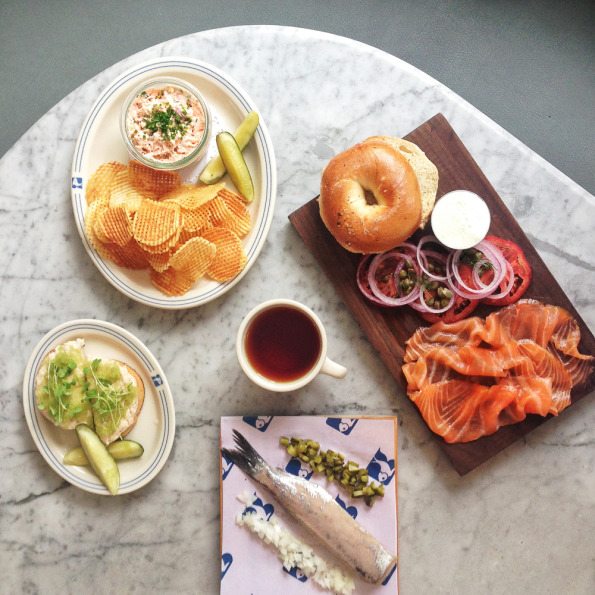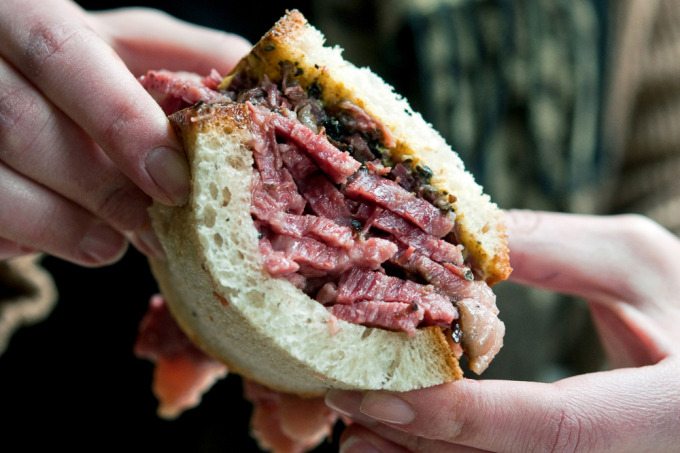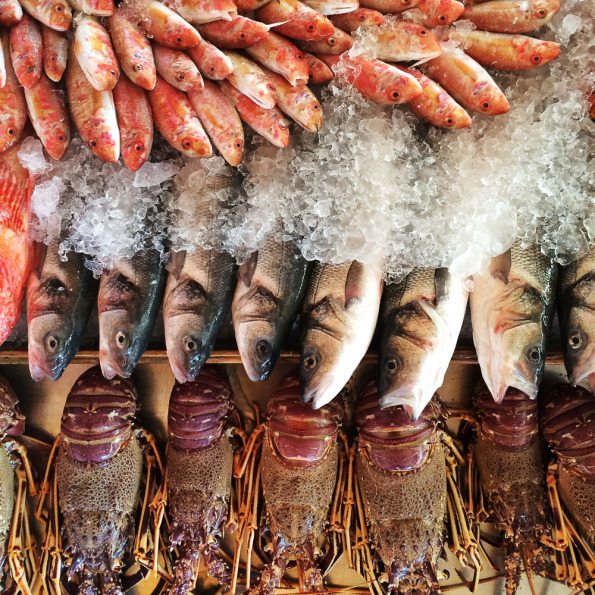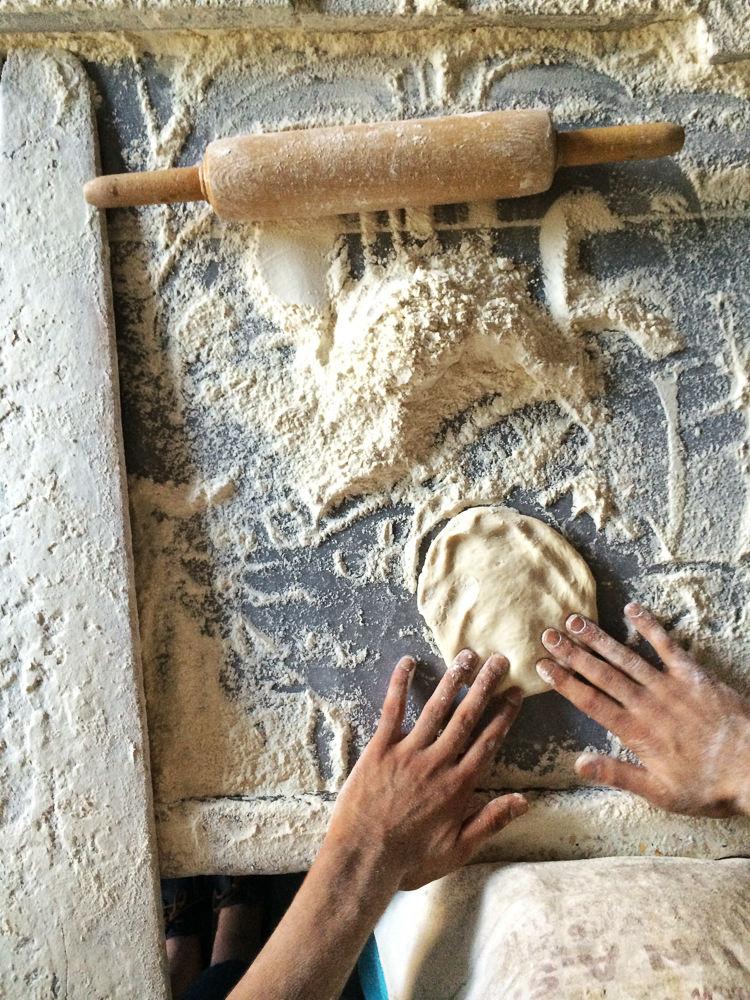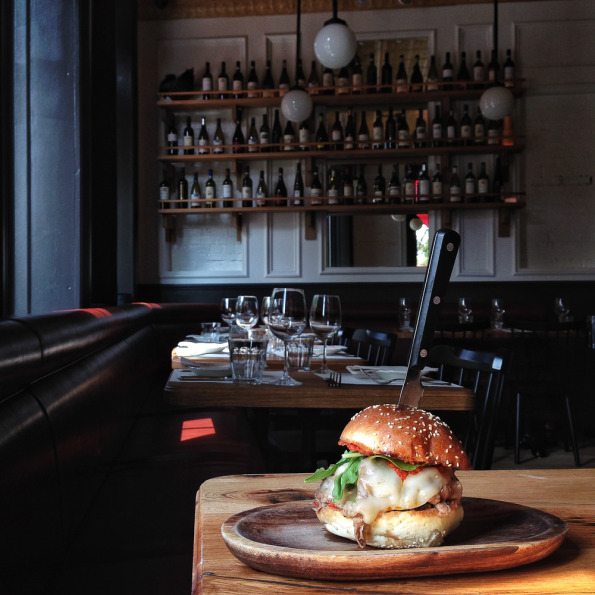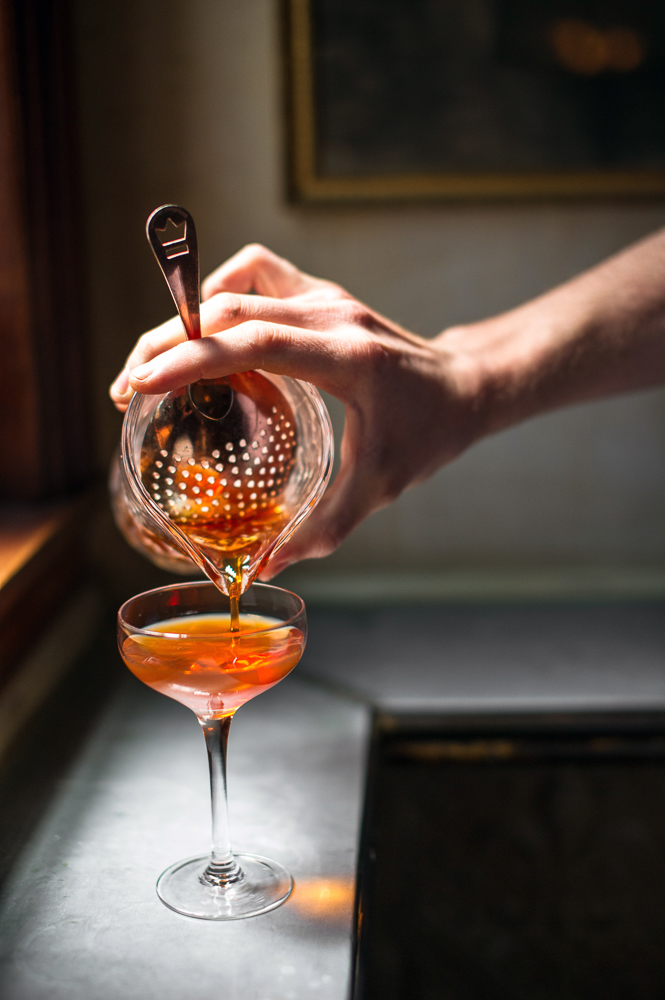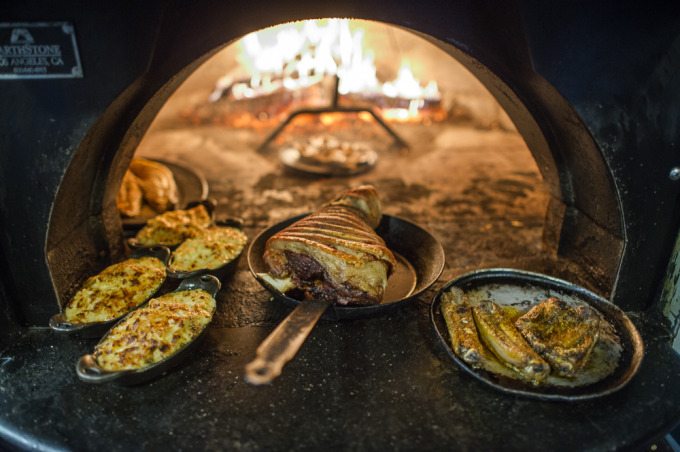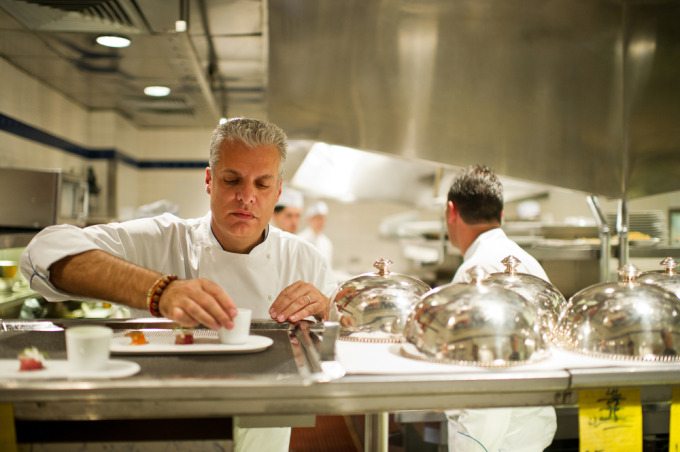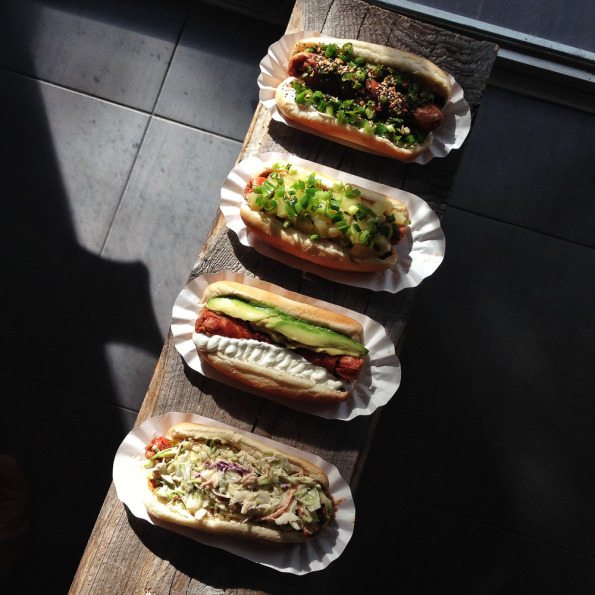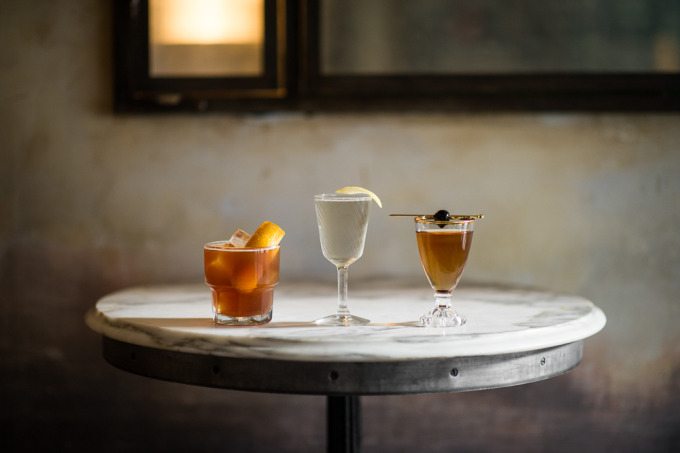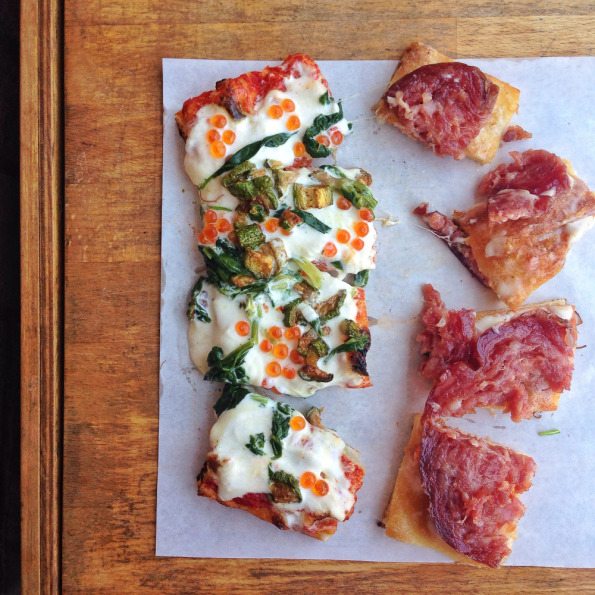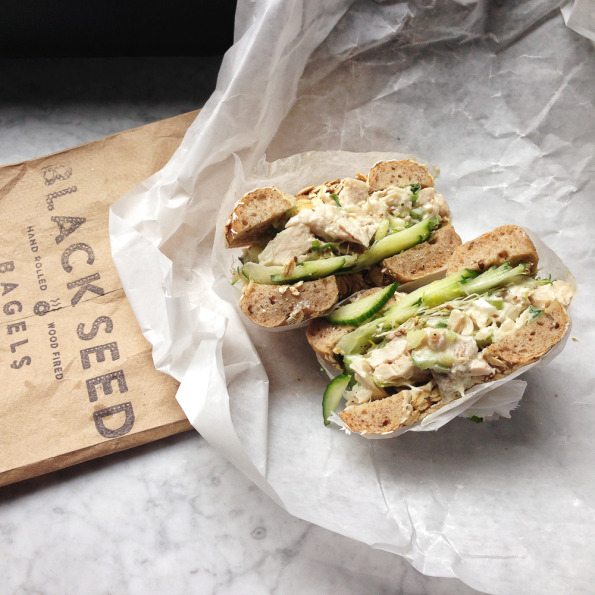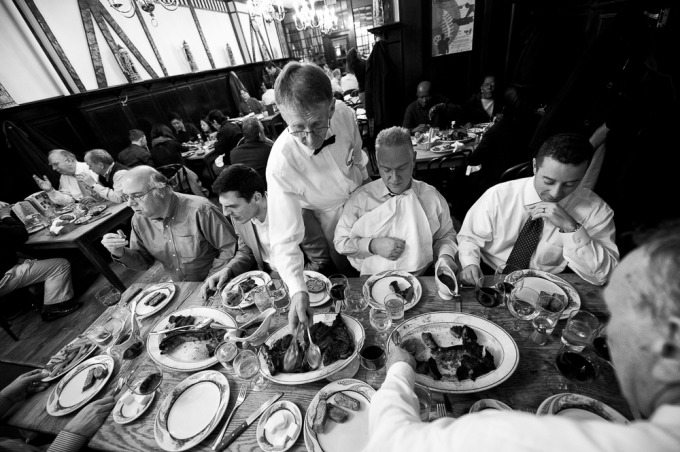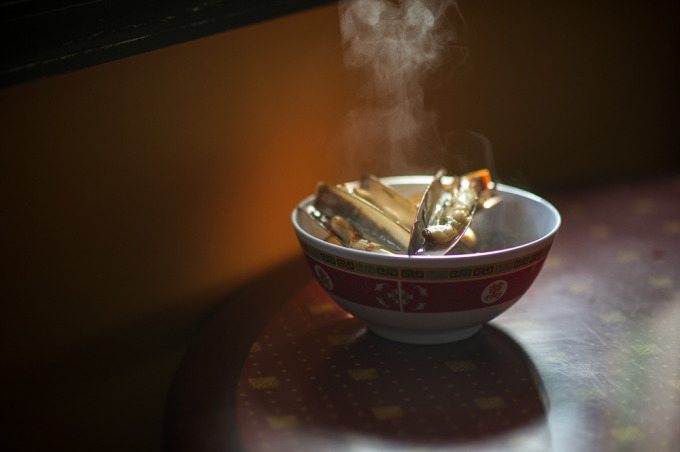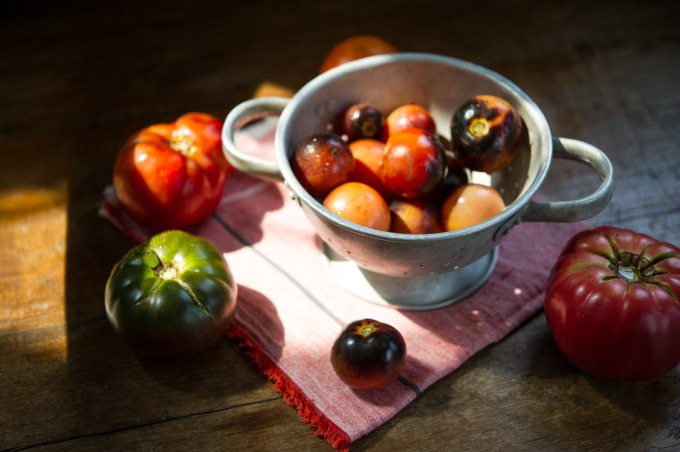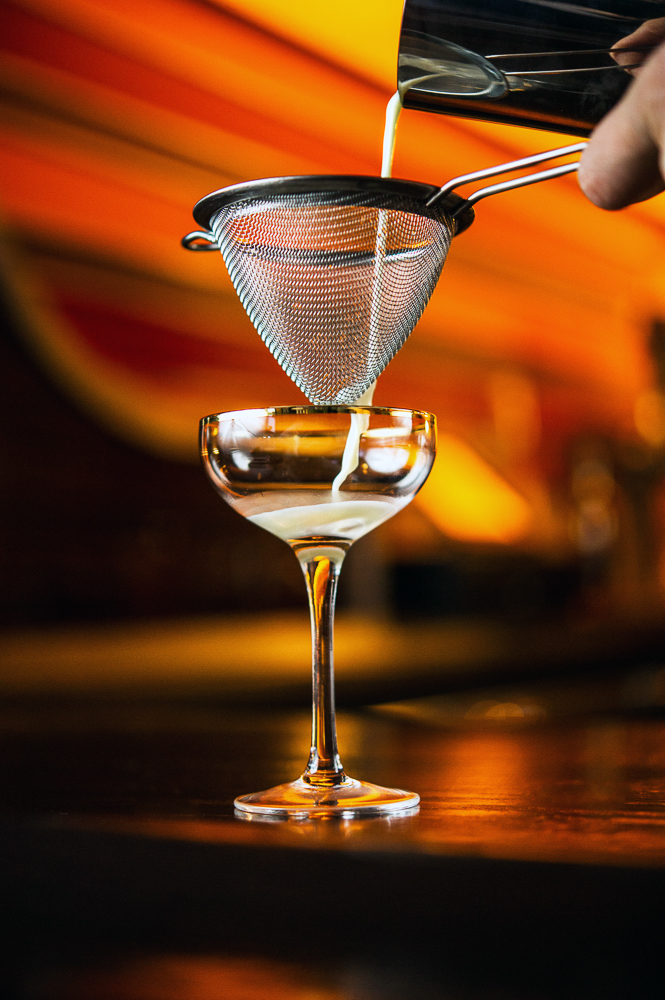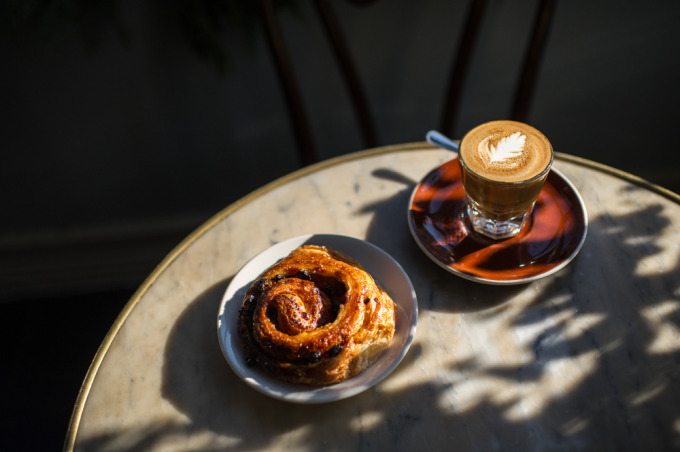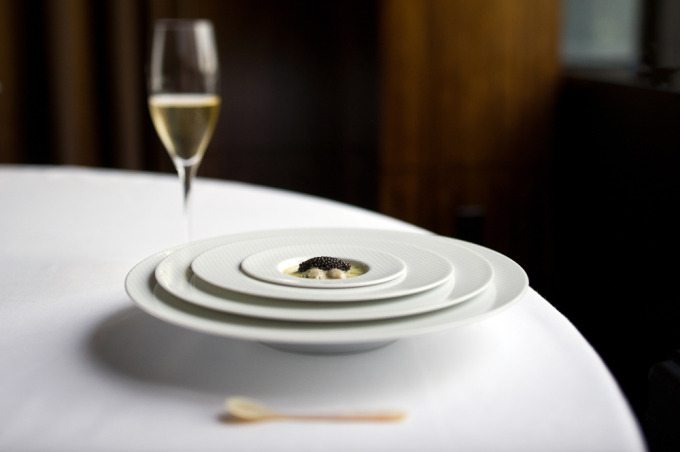Last Updated on 12/15/2014 by Chris Gampat
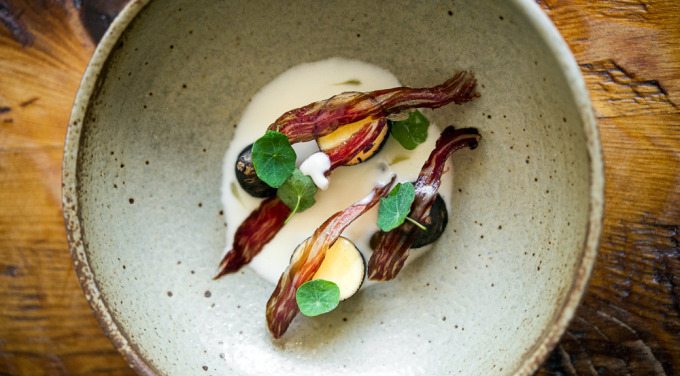
All images by Daniel Krieger. Used with permission
Photographer Daniel Krieger is a New York based photographer that creates many of the beautiful dishes that you see on Eater, the NYTimes and many more. Mr. Krieger is one of the new breed of photographers that has learned how to utilize social media to his advantage and to gain clients. His schedule is always very tight–understandably so, considering the work that he is capable of producing.
However, we had a few moments to chat with Daniel about his photography and his train of thought when photographing food.
Phoblographer: We’ve always known lots of food photos to look like they have a very homely scene in them. What’s the inspiration behind your images?
Daniel: I end up doing a lot of restaurant photography and working with chefs. I think many people enjoy cooking and photographing their own food but I’m not a great cook. I focus on the photography end and leave the cooking to people much better than me. My inspiration comes from utilizing a restaurant’s unique design and materials and food. Each restaurant is different so I’m exposed to a huge variety of food to photograph.
Phoblographer: What food do you think is the toughest to photograph and why?
Daniel: I often say soup is a difficult thing because it can be flat and often not visually appealing. You can change that by sprinkling some herbs on top or maybe adding a swirl of cream or whatever.. but that can be a tough thing, I think. One example of a tough thing to photograph is when I’m at some hole in the wall place where I love the food and want to photograph it, but they serve it on a Styrofoam plate and slop it on there–there’s only so much you can do to create a beautiful image if that’s your starting point. Sometimes a place like that you have to look elsewhere for inspiration. I might find a cool looking table with some light hitting it, or I will ask the cook there if you I can take his or her photo.
Phoblographer: What culture do you think has the most interesting cuisines to photograph and why?
Daniel: Every country has their own unique foods they are proud of and I love that. If I could, I would travel through every back alley and fine dining place in the entire world and document the most interesting food with my camera. This past summer I spent a week in Turkey with a few other instagram people discovering their cuisine and culture. It was amazing and the history of their food is such an interesting one.
Phoblographer: Tell us a bit about the gear and lighting that you use?
Daniel: I shoot everything on my instagram with an iPhone, mostly natural light on occasion I use a small portable LED light. I have a Nikon D4s that I’m shooting most of my professional assignments with. For lenses I have the 60mm macro, 50mm f1.4, 35 f1.4 and 24 f1.4 I use all of them.
“No one wants to eat food in the dark right? Unless its been a really hard day and you’re in the bathtub with the lights off by yourself eating a pint of ice cream. Lets hope that only happens every so often.”
Phoblographer: Talk us through a typical food shoot for you.
Daniel: It really depends who I’m working for because I do a bunch of editorial shoots but also I do shoots for companies, brands, and restaurants. For an editorial shoot, a publication like The New York Times or Eater.com will send me an assigment with either basic or more detailed instructions (such as if a restaurant has a very special dish they are known for and a writer is mentioning it, we have to make sure a good image is produced of that dish). I usually schedule it with them or the assigning photo editor will schedule a time that they know I’m available..and I go do the shoot, come home and edit/retouch the images and then send them off.
Phoblographer: Do you often do anything special to the food to make it look a lot tastier?
Daniel: Not really. I might add a splash of oil if something looks too dry or ask someone to remake a dish that doesn’t look right, but overall I let the kitchen do their thing and I do mine.
“One example of a tough thing to photograph is when I’m at some hole in the wall place where I love the food and want to photograph it, but they serve it on a Styrofoam plate and slop it on there–there’s only so much you can do to create a beautiful image if that’s your starting point.”
Phoblographer: A lot of your images are very bright. We’ve noticed this amongst many other food photographers as well. Why does the industry tend to gravitate towards these types of images?
Daniel: I don’t think mine are bright or dark. I like to use negative space but overall I think the subject should be properly exposed. I do know some photographers make their images pretty dark and it can be moody and beautiful if done well–everyone has their own style. I will say that certain foods or scenes seem more inviting and beautiful if they are bright. No one wants to eat food in the dark right? Unless its been a really hard day and you’re in the bathtub with the lights off by yourself eating a pint of ice cream. Let’s hope that only happens every so often.
Phoblographer: How do you go about choosing the locations that you shoot at?
Daniel: I’m usually assigned to them. If I’m just out on my own I want a place making beautiful food, with great light, and where the chef/operators are friendly and inviting. My preference is to do a shoot off hours so I’m not inconveniencing the staff or patrons.
Phoblographer: You’ve also photographed in actual kitchens and restaurants. Tell us about how your mentality changes when you go from one to the other.
Daniel: That’s mostly what I do.


